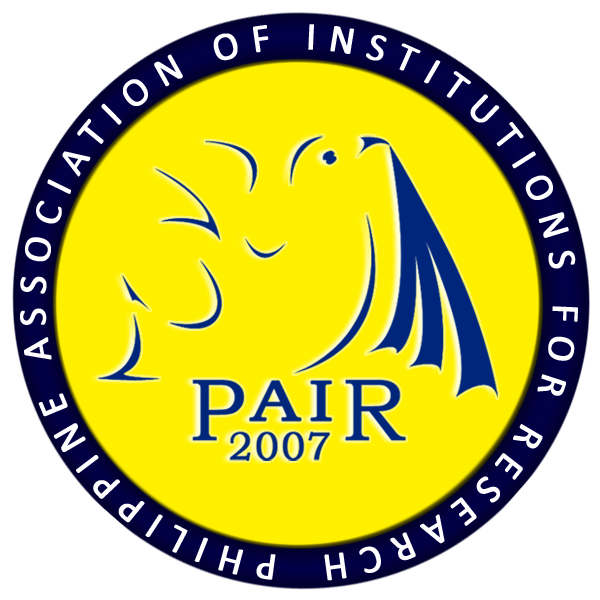Cleaner Production: The Key to Waste, Water and Energy Reduction in Higher Education, Philippines
DOI:
https://doi.org/10.7719/jpair.v15i1.263Keywords:
Environmental Engineering, Cleaner Production, Cleaner Production Assessment, PhilippinesAbstract
The fight against the worsening environmental problems has been the battle cry of the world. Environmental sustainability requires balance between development and the environment, is the key towards efficient resource management. This paper examines a Higher Education Institution through Cleaner Production Assessment, to look for viable and economic options through which the institution can enhance its environmental performance thereby can generate resources’ savings; utilizes solid waste and increase worker’s productivity. Cleaner Production assessment was successfully conducted to come up with a program for efficient cost reduction measures for water, energy and solid waste generations. The study revealed that, through Cleaner Production, about 8% monthly energy savings is expected by shutting down air-conditioned appliances one hour per day. Eighty percent can be saved on the computer’s monthly energy consumption when laptop computers are used instead of desktops. A savings of 28% on monthly water consumption if rainwater will be utilized. Monthly financial savings of not less than 180,000 pesos is expected can be attained under a sustained CP program. More than 50% of solid waste, if diverted for recycling/processing, the institution can produce at least 35,000 pesos annually. The Cleaner Production program requiring the combined effort of the stakeholders can provide huge benefits to a school institution through improved operating and maintenance practices, cleaner technology and product changes.
Downloads
References
Akbari, H. (2002). Shade Trees Reduce Building Energy Use and CO2 Emissions from Power Plants. Environmental Pollution, 116, S119-S126. Retrieved on December 7, 2103 from http://goo.gl/Vccoa.
Downloads
Published
Issue
Section
License
Copyright (c) 2014 Richard A. Badiola, Analyn Morite, Bryan Ylaya, Alexis Espaldon

This work is licensed under a Creative Commons Attribution-NonCommercial 4.0 International License.
Open Access. This article published by JPAIR Multidisciplinary Research is licensed under a Creative Commons Attribution-Noncommercial 4.0 International (CC BY-NC 4.0). You are free to share (copy and redistribute the material in any medium or format) and adapt (remix, transform, and build upon the material). Under the following terms, you must give appropriate credit, provide a link to the license, and indicate if changes were made. You may do so in any reasonable manner, but not in any way that suggests the licensor endorses you or your use. You may not use the material for commercial purposes.




















